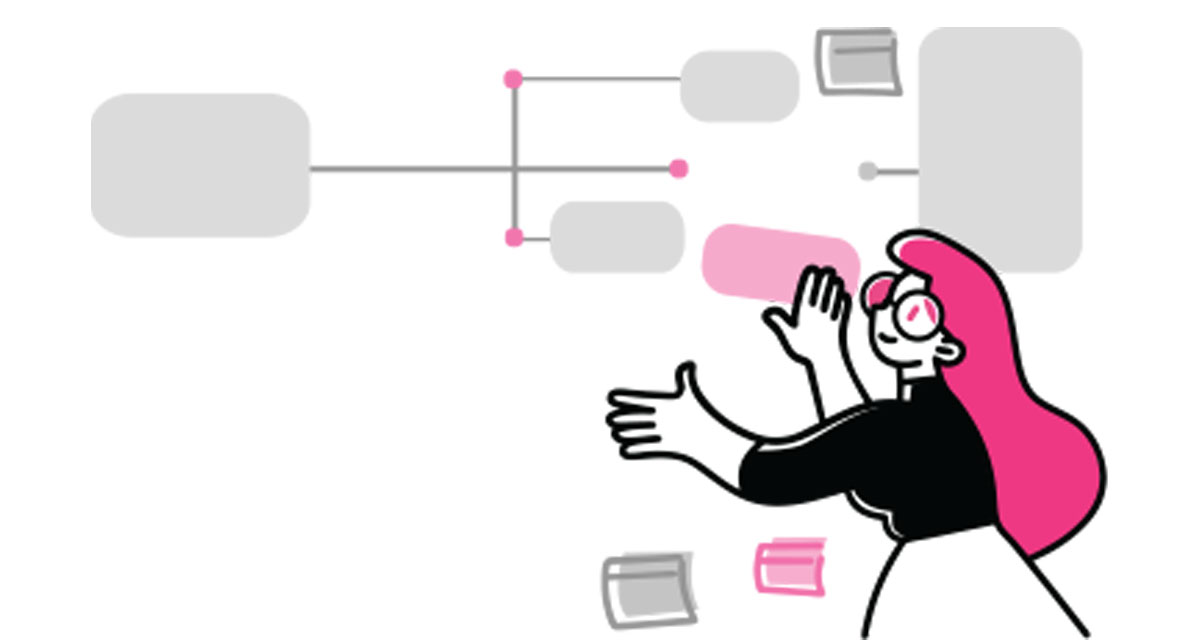We all have days where it seems we have too much to do and not enough time. These days can be hectic, overwhelming, and cause unnecessary stress. Often, we can be left feeling as if we haven’t accomplished much when the day is over. Scheduling out your day and trying to fit in all your tasks and errands can be hard, but it doesn’t have to be.
One strategy I have found to work is the concept of scheduling-blocks. In this time management strategy, you’re dedicating yourself to completing a task or tasks within a certain timeframe. Time-blocking is the main scheduling-block strategy that many people use. From there, it can be broken down into more specific concepts, such as day-theming and task-batching. All are similar in theory, but do have important differences. These variations on scheduling-blocks help make this time strategy manageable and useable for any type of lifestyle.
Time-Blocking – In this concept, you divide out the hours for your day into blocks. Then, each block is designated for a specific task or tasks. If you are choosing to complete more than one task in a block, it is best to keep the group-related tasks together and keep the list small. For example, you plan on completing errands and chores from 9 am to 4 pm. Within those hours, you may assign 9 am to 10 am for cleaning the kitchen, 12 pm to 2 pm for running errands, and then 3 pm to 4 pm for doing laundry.
Day-Theming –
This variation on scheduling-blocks includes setting aside whole days for tasks or responsibilities. For example, Monday may be laundry day, Tuesday meal-planning day, Wednesday writing day, and Sunday family day. Day-theming can come in handy specifically with your work on long-term projects/tasks. One of the benefits of this variation is that you are scheduling your work with a sense of pattern and don’t have to keep going back and forth between tasks multiple times in a week.
Task-Batching –
Task-batching is similar to time-blocking in the sense that you group similar, smaller tasks together into a specific time block, with the intention to complete them all at the same time. For example, you can knock out meal planning, looking for grocery store coupons, and creating your shopping list in the same two-hour block. These tasks are all interconnected and reduce the amount of work and switching back and forth, due to their similarities. This approach works well with e-mail, errands, meal prep, and workouts. Instead of checking your inbox multiple times throughout the day, schedule two to three blocks of time to check and respond to your messages. Schedule one block for working out or running errands.
I have used all of these scheduling-block strategies at one time or another. The method I use is based upon what my tasks include or what I have going on within the day or week. I also have used a variety of methods within the same week. Each day will have a theme, and then I will go deeper and divide my hours into blocks with tasks related to the day’s theme. While scheduling-blocks sounds like an easy thing to do, it can produce valuable benefits.
- Through scheduling-blocks, you gain a greater awareness of how you spend your time. Committing a timeframe for a task or a few gives you the chance to see how much time you actually do spend on a task and whether or not you over/underestimate that amount of time. You may be surprised to find extra time on a shorter task and decide you can move that time to larger tasks.
- It promotes focus and a clearer vision of your activities. We all try to multi-task due to a lack of time, thus making mistakes and creating more work.
- It helps you follow through with your goals. For me, seeing the distinct tasks I need to complete within a chunk of time keeps me motivated and committed to getting them completed. I am able to have a clear-cut view of what I need to do without feeling overwhelmed, or feeling I have to get everything done at once. Plus, there is a sense of accomplishment seeing how you spent your day.
Scheduling-blocks come in all forms. The key thing is to find one that works best for you. Don’t be afraid to mix it up every now and then. Time management varies each day and can be hard to handle, but scheduling-blocks are here to help make life a little more relaxed.



















